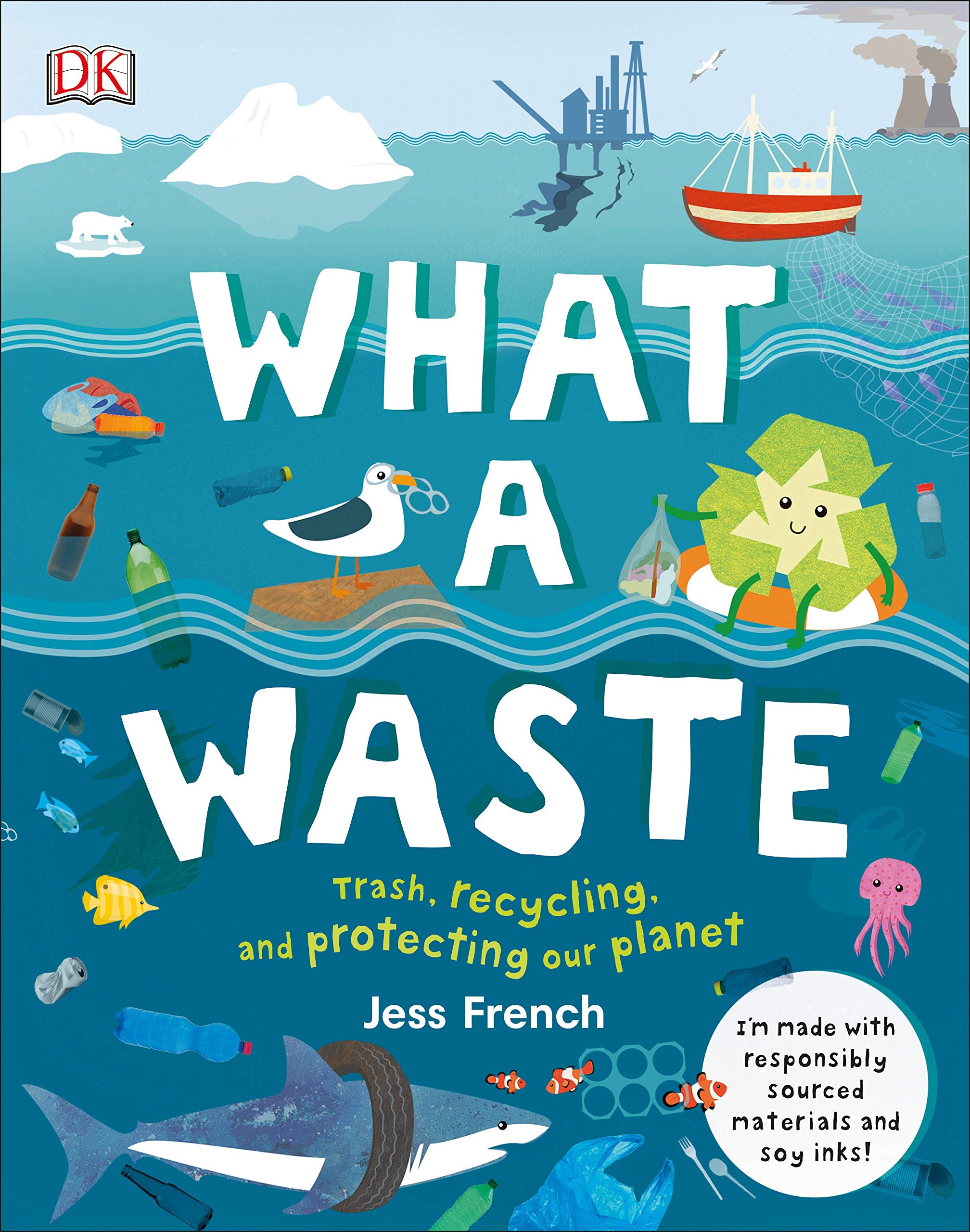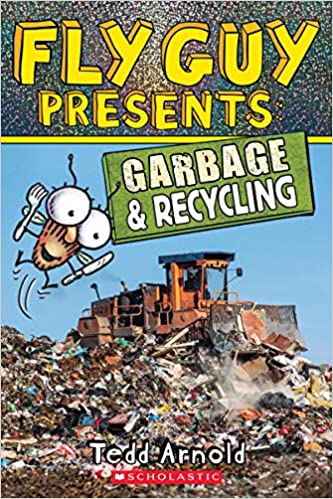Reduce, Reuse, Recycle -
This special Virtual STEM Challenge is shared to celebrate Earth Day! Complete the challenge and share your results on social media tagging us @BramptonLibrary and using the hashtag #kidsatBL!
Watch the quick introductory video for this challenge:
This week’s challenge:
This week we are challenging you to recycle your scrap paper and turn it into new paper at home!
Supplies you will need:
- Bowl
- Mesh strainer
- Blender
- Parchment paper
- Water
- Rolling pin
- Spatula
- Scrap paper! Nothing with any plastic coating
- Optional: food colouring
What is paper made from?
Let’s talk about paper! Paper is made from a wide variety of plant-based materials. Many people know that paper comes from trees, but paper can also be made from bamboo, rice, cotton, and more! In this activity, we will be recycling previously used paper into new paper.
The Science Behind Making Paper:
- Recycling is taking something that is no longer needed, breaking it down and turning it into something new.
- In this activity, you will be breaking down your ready-to-recycle paper into small pieces, soaking it in water and then blending it into pulp. Pulp is a watery mush of fibrous materials.
- When the water is removed from pulp by rolling it out, the fibers will move and form a bond or knit together and when it dries the fibers will become paper.
Tips to get started:
When selecting the paper that you are going to use, avoid any paper with plastic or plastic coating. For best results, use paper that is porous. For example, sketching paper or paper egg cartons are porous and will give you great results.
For this activity:
1. Collect as much paper as possible that you are ready to recycle.
2. Break it down by ripping or cutting it into small pieces and soaking those pieces in water for about an hour.
3. Put the soaked paper into the blender and blend until it looks like liquid. You may need to add more water into the blender if it gets stuck at any time.
4. When the paper is blended and is a big pile of pulp or mush, then you can use your strainer, bowl, and spatula to drain as much water from the pulp as possible. To do this, place the strainer over the bowl and put the pulp directly into the strainer. Use the spatula to press out the water.
5. When you think you have removed as much water as possible, roll the pulp onto your parchment paper. You will notice that water is still coming out of the pulp as you roll it out.
6. Roll out your pulp until you have a thin layer of pulp. If there are any spots that have opened in the middle of your pulp, you can add water and some pulp from the side to fill these holes.
7. Lay the layer of pulp on a flat surface where it can dry.
8. Wait 24-48 hours until the pulp dries. As it’s drying the fibers are intertwining and forming that bond.
9. When it is completely dry, you will have a new piece of paper!
Extensions:
- Add food colouring to the soaking or blending process to create new colours.
- Mold into different shapes when you start rolling out your drained pulp.
- Try using different types of paper, which works the best for a smooth finish? What kind of paper holds food colouring the best.
- If you use paper egg cartons, you can add wildflower seeds to your pulp (post-blended), let it dry, then plant your paper in the soil.
If you liked this activity, you might enjoy these free resources from our digital library:

What A Waste Trash, Recycling, and Protecting our Planet by Jess French (non-fiction ebook)

Cast Away: Poems for Our Time by Naomi Shihab Nye (poetry ebook)

Fly Guy Presents, Garbage and Recycling by Ted Arnold (fiction ebook)

Trash to treasure: a kid's upcycling guide to crafts: fun, easy projects with paper, plastic, glass & ceramics, fabric, metal, and odds & ends by Pam Scheunemann (non-fiction ebook)
Resources for grown-ups:
- World Book Student: Paper (Free access with your library card)
- Explain that Stuff: How is paper made?





 905-793-4636
905-793-4636